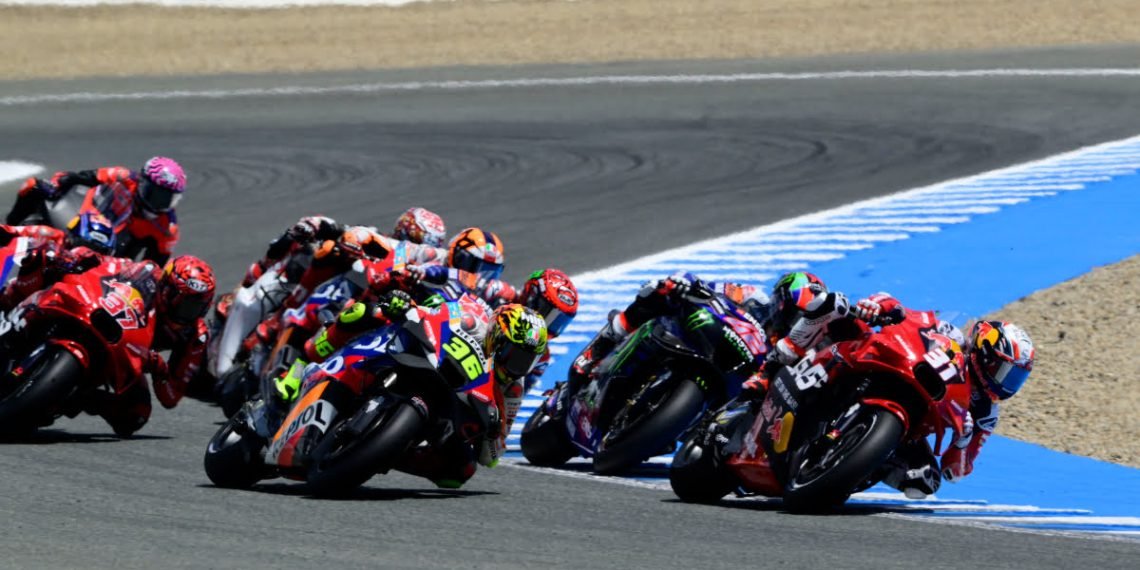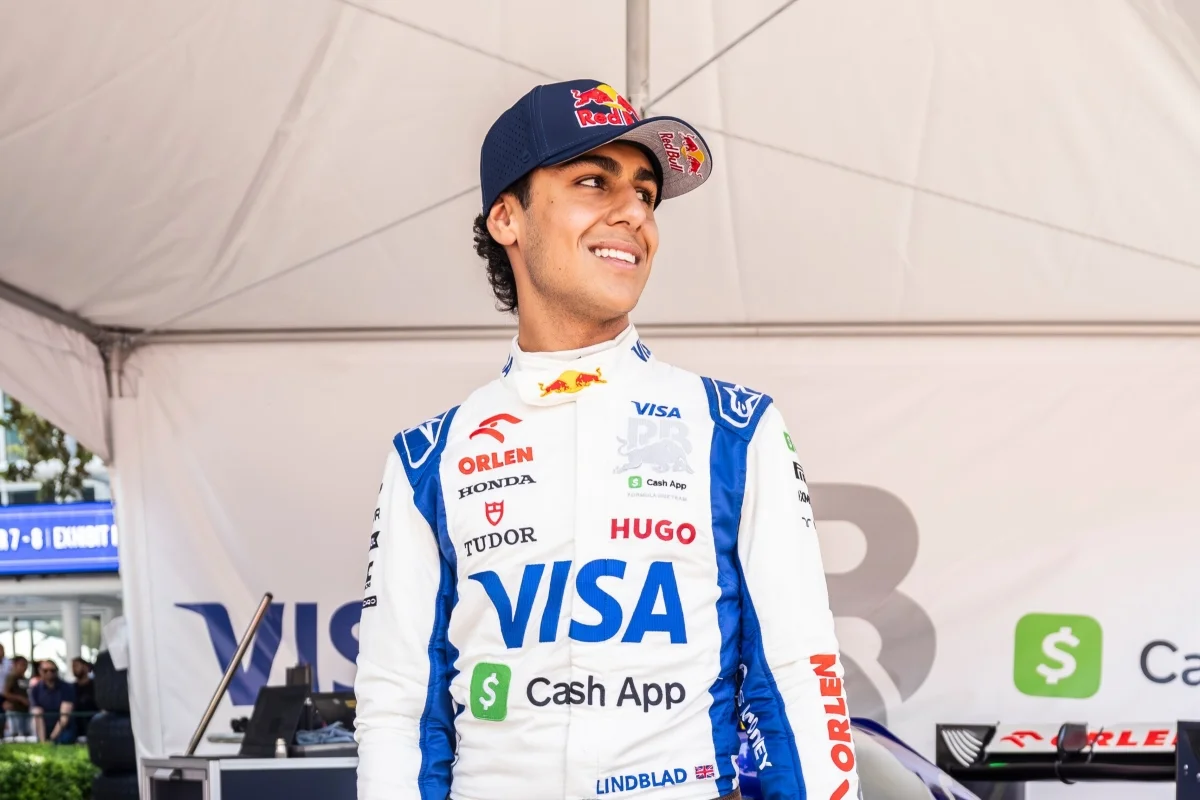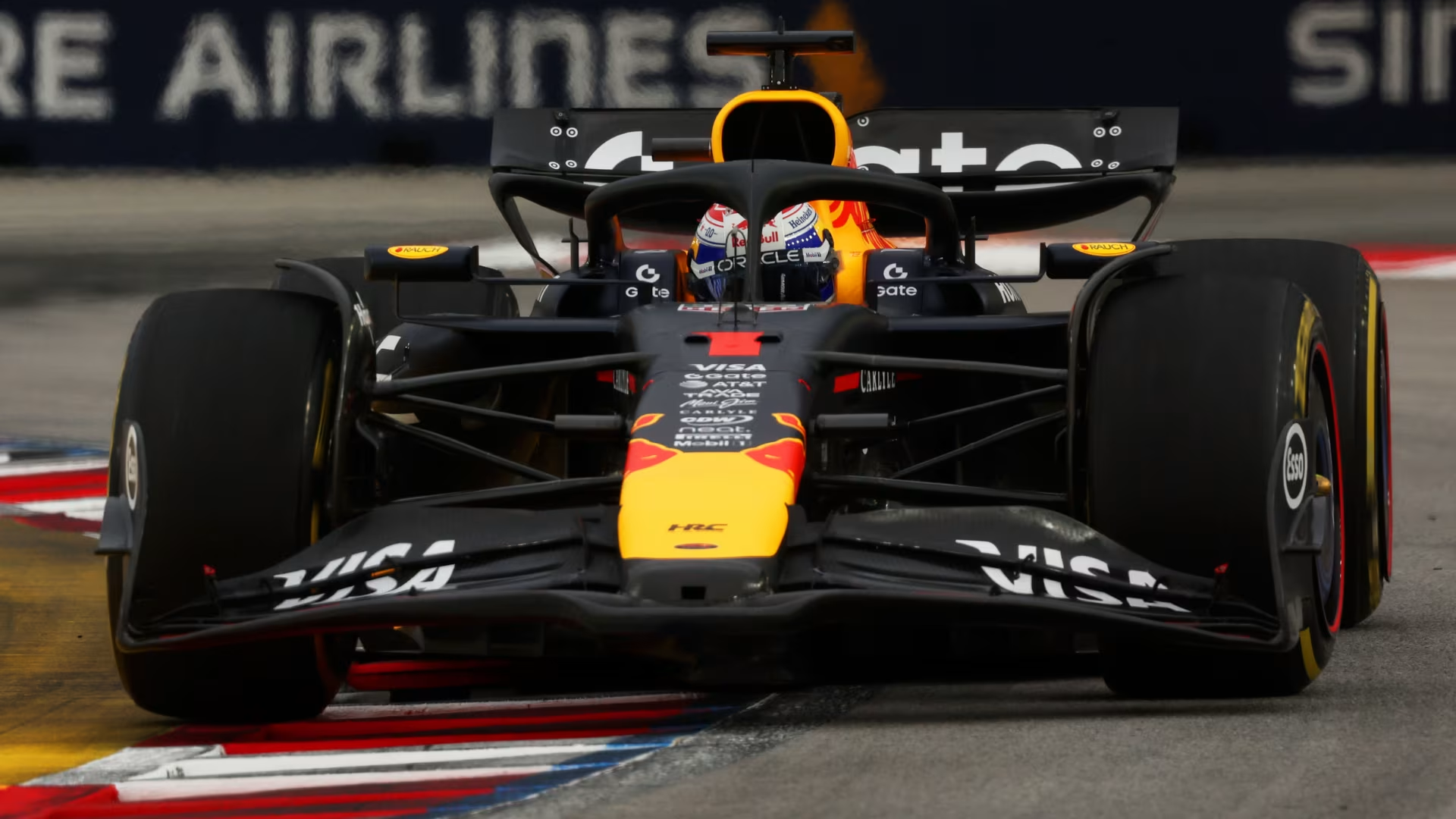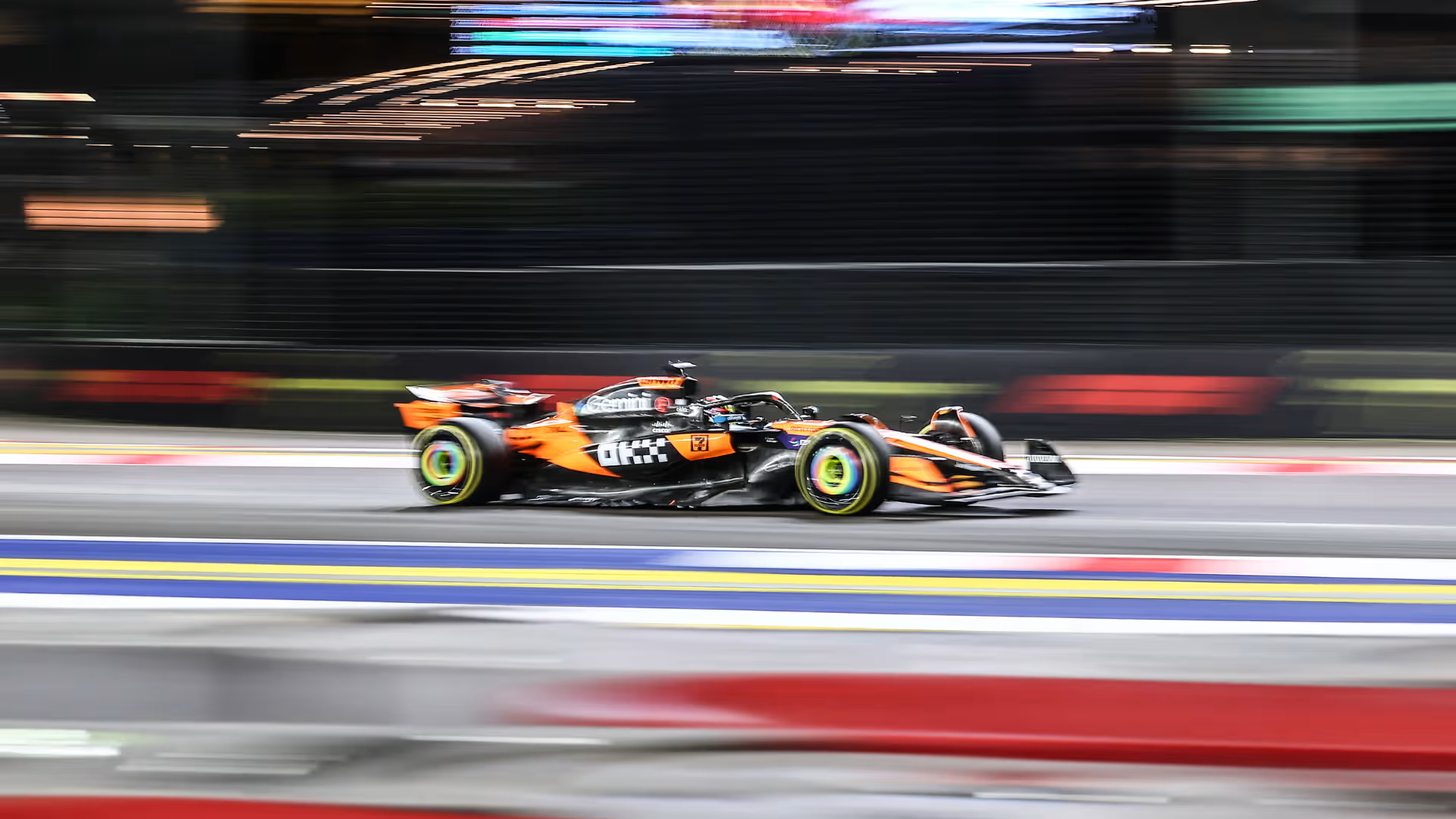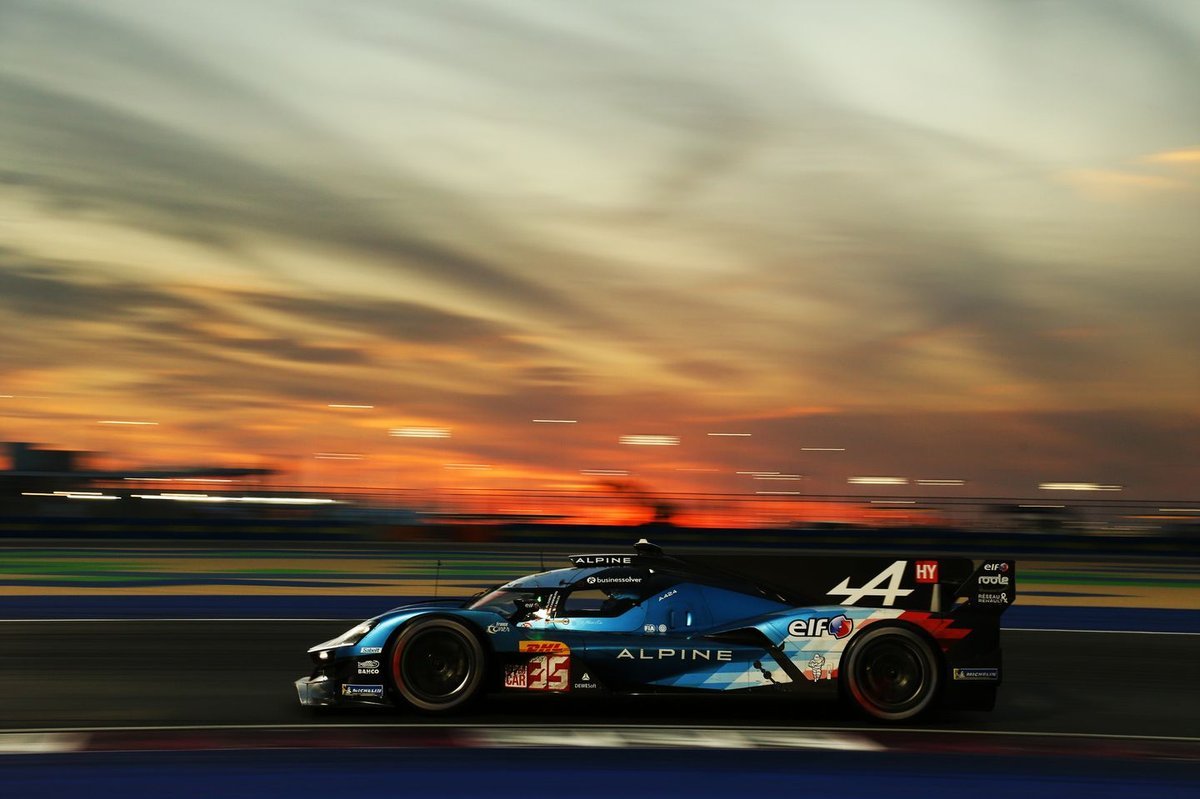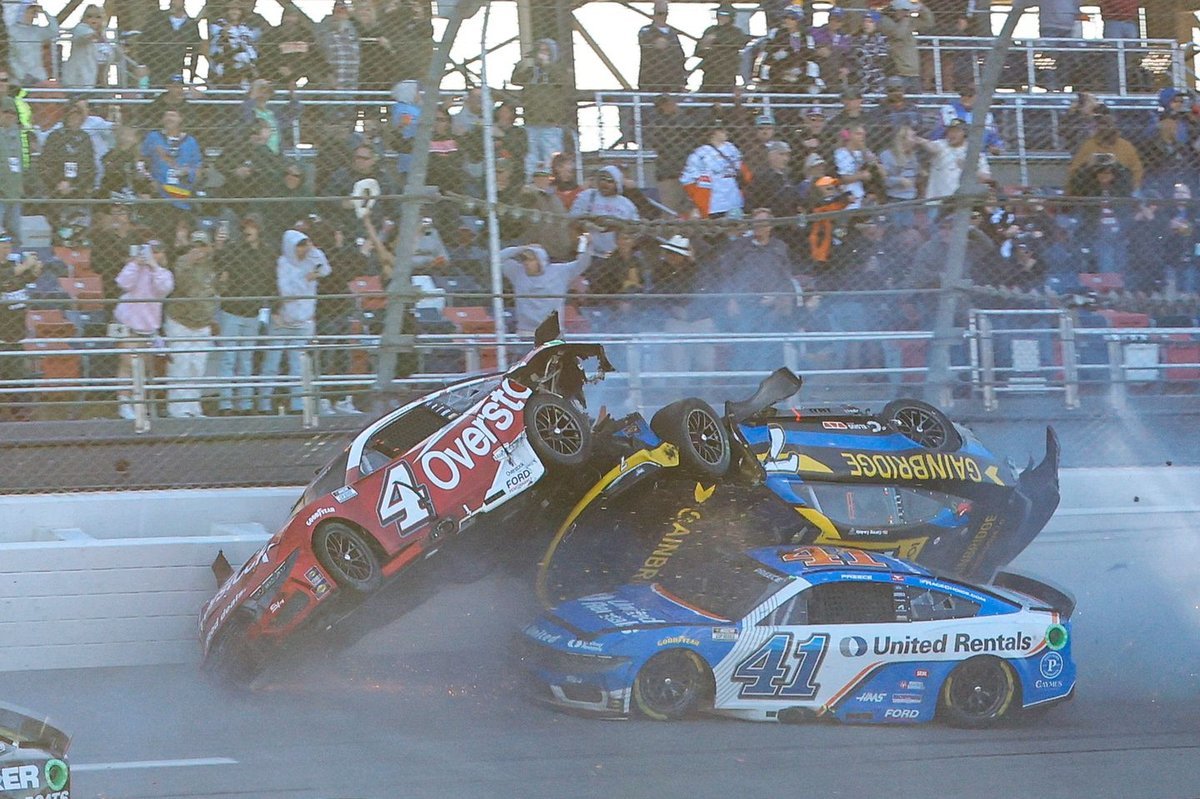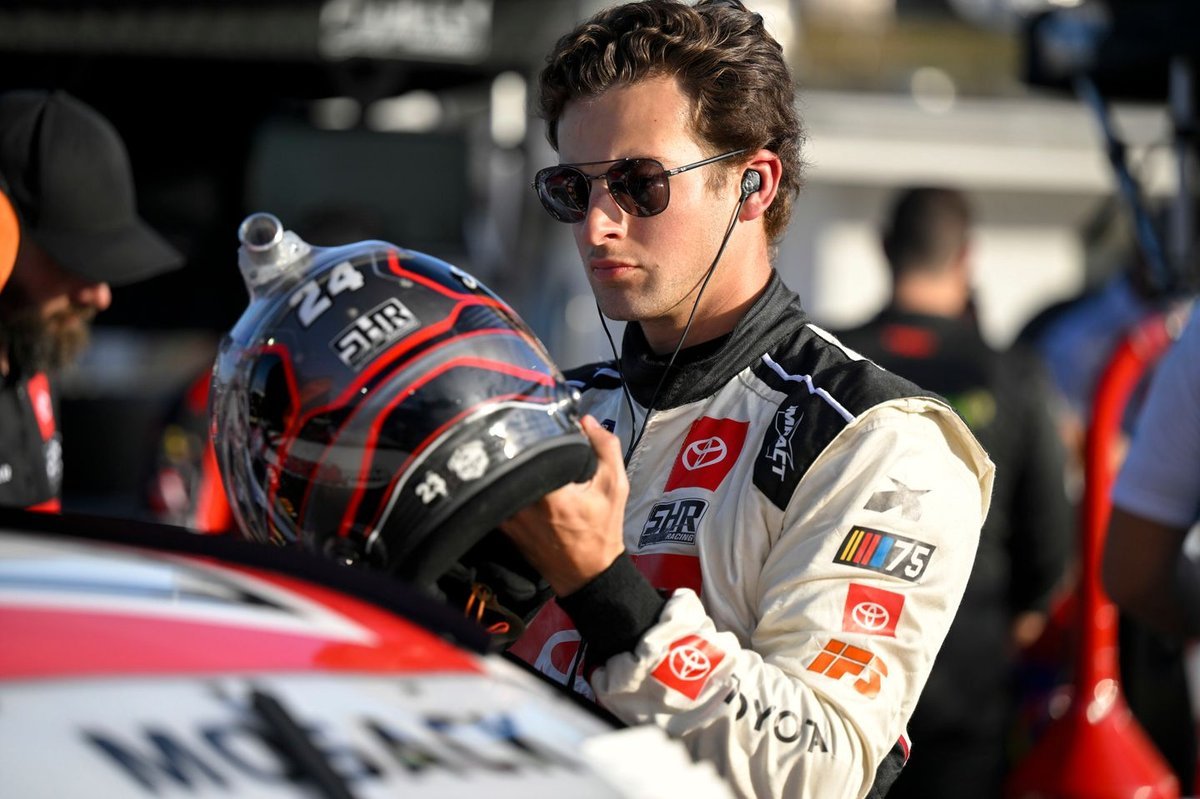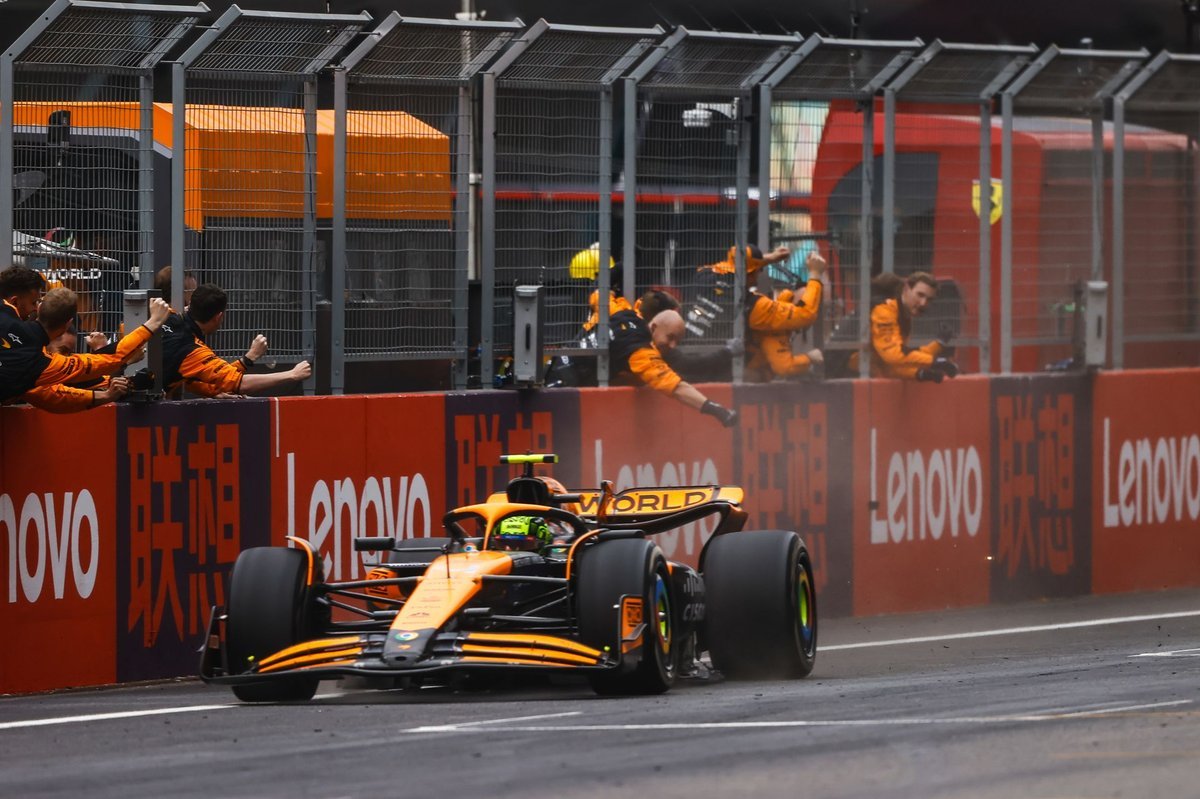MotoGP has introduced significant rule changes for 2027, reduced engine capacities to 850cc and prohibiting the use of any ride-height adjustment mechanisms.

In a significant shift for MotoGP, the championship is set to introduce a new engine specification by reducing the current 1000cc four-stroke engines to 850cc, as part of the 2027 regulations. This decision, initially reported by Autosport, aims to address safety concerns by decreasing motorcycle speeds on the tracks.
The Grand Prix Commission has recently ratified the full set of rules for 2027, marking the first engine downsize since the 800cc era began in 2007. The previous era, from 2002 to 2006, featured 990cc engines, succeeding the two-stroke 500cc engines that dominated grand prix racing’s earlier days.
Aerodynamics, which have increasingly influenced MotoGP strategies, will also see a transformation. The new rules will limit the size of aerodynamic elements at the front and require rear additions to be integrated into the overall aerodynamic package. Teams will be permitted one aerodynamic update annually.
Further changes include the prohibition of all ride height adjustment devices, extending the ban on front ride height devices introduced in 2024. The engine allocation for a 20-race season will drop from seven to six, and for a 21 or 22-race season, from nine to seven. Additionally, the minimum weight of motorcycles will be reduced to 153kg, and fuel capacities will be adjusted to 20 liters for a grand prix and 11 liters for a sprint race.
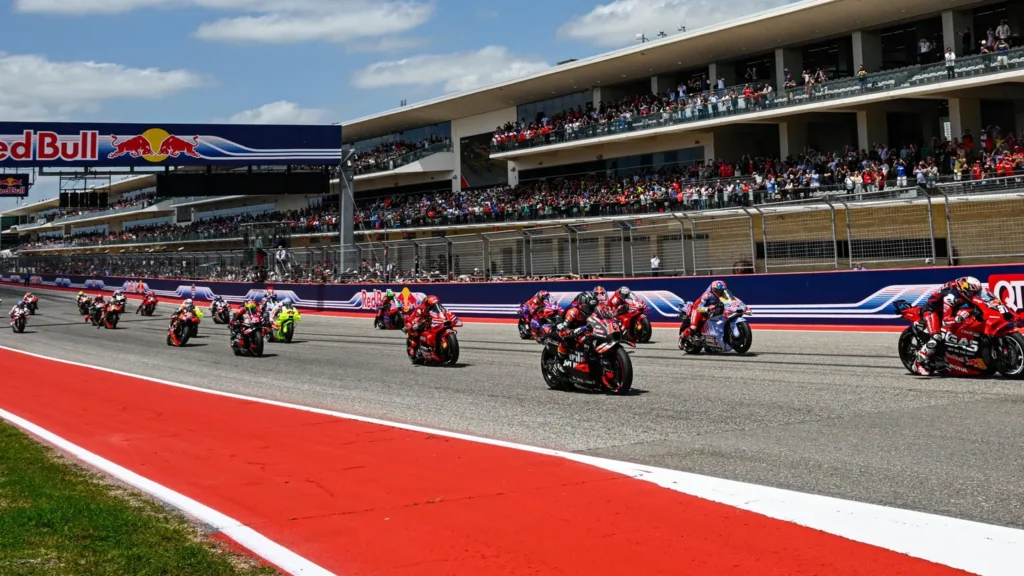
The concession system, reintroduced in 2024, will continue into 2027. Manufacturers participating in the 2026 season will begin the new cycle with a freeze on engine development and limited testing opportunities. New manufacturers in 2027 will enjoy more freedom in engine development and testing.
Mid-season, manufacturers’ rankings will be reassessed. A notable aspect of the 2027 rules is the commitment to 100% sustainable fuels, with an interim step this year introducing fuels composed of 40% non-fossil material.
The last major technical revision in MotoGP occurred in 2016 with the standardization of electronics, which helped close the competitive gap and encouraged manufacturers like Suzuki, Aprilia, and KTM to join or rejoin the series.

